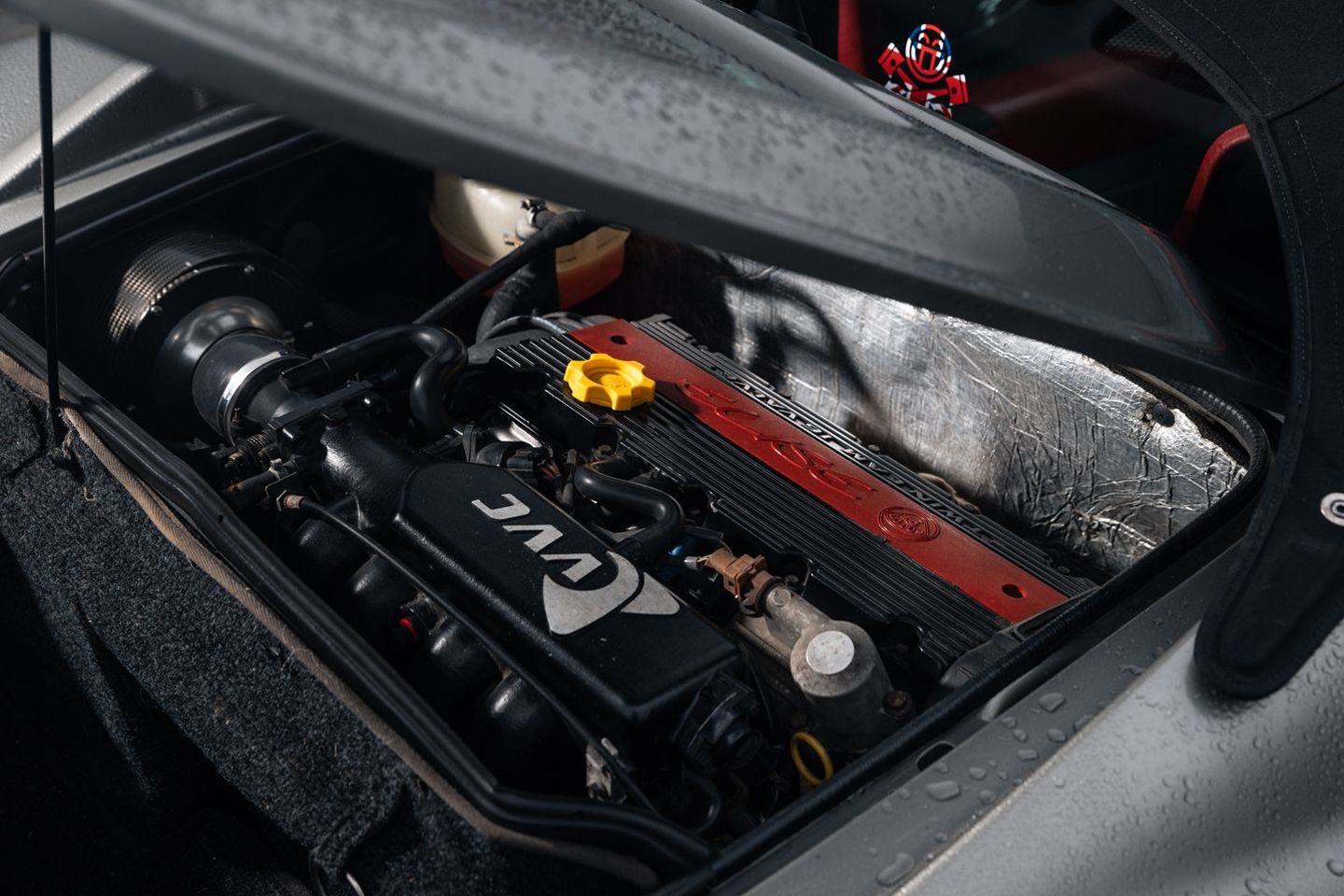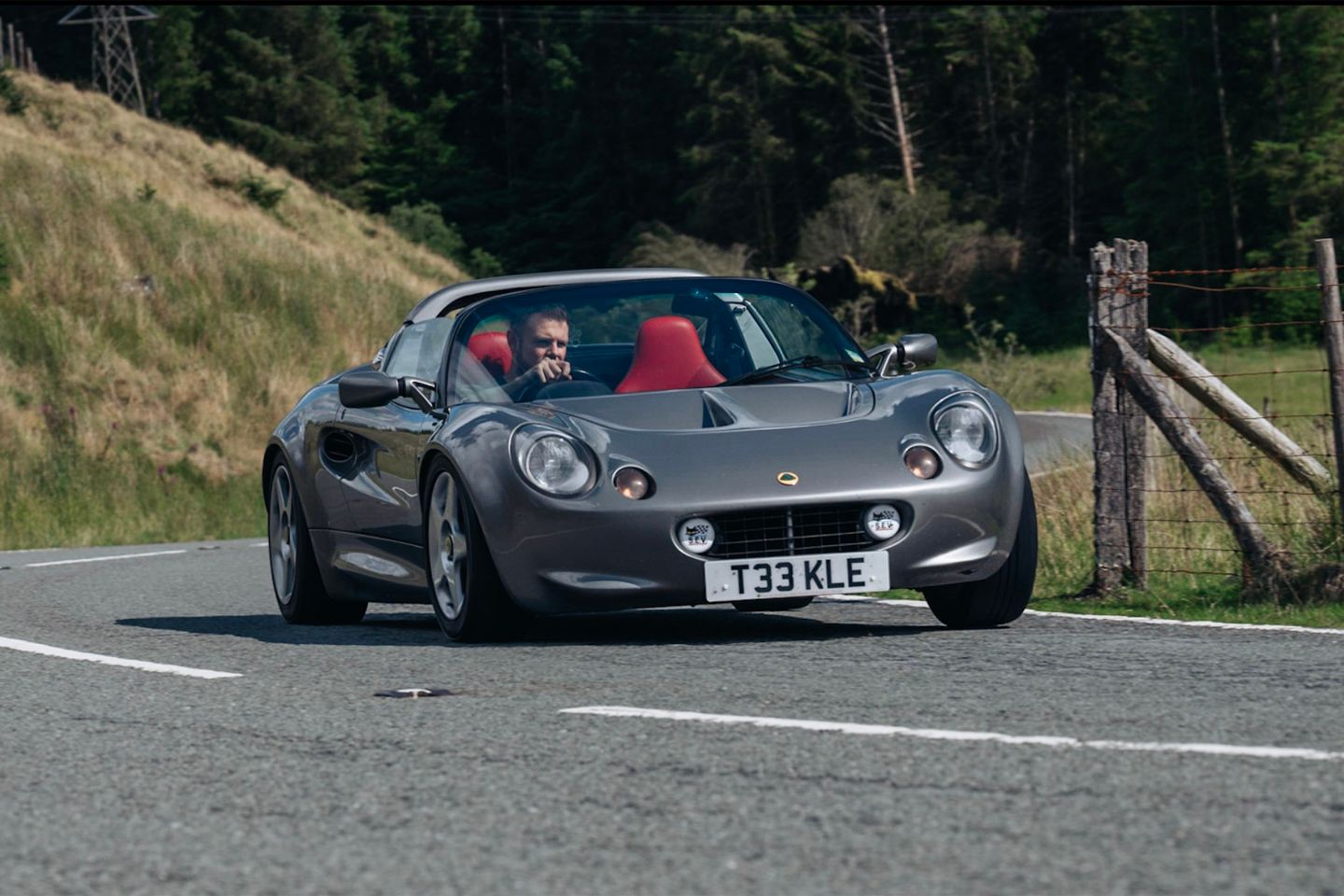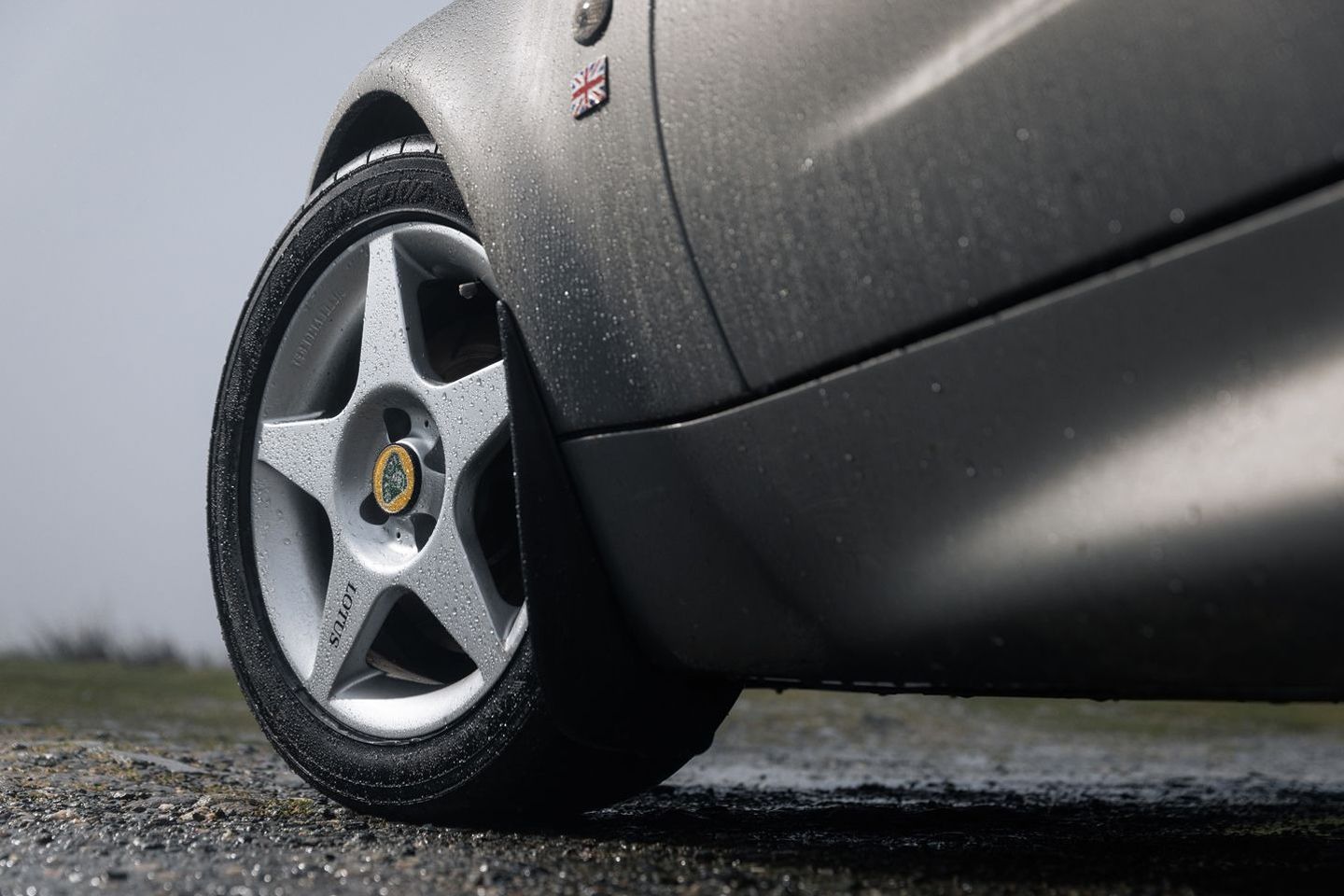Lotus Elise S1 | PH Used Buying Guide
A Lotus icon and PH royalty, the Elise turns 30 next year - here's what to look for on an original
Key considerations
- Available for £15,000
- 1.8-litre 16v inline-four petrol, rear-wheel drive
- One of the all-time great driver’s cars
- Remaining examples are potentially better now than they were in 1996
- Chassis vigilance is a must, but Elises are very rebuildable
- Prices seem attractively low for what you’re getting
In 1993 General Motors sold Lotus to the Italian entrepreneur, Ferrari megadealer and Bugatti resurrector Romano Artioli. Three years later the fantastically exotic – for the time – Lotus Elise popped up and shocked the world. At the time of writing this guide in mid-2025, Mr Artioli is still around at the age of 92. The Elise, named after his grand-daughter Elisa – who bought the last customer Elise, a Sport 240 in Championship Gold in February 2022 – has proved to be every bit as timeless.
Many Elise variants were made, but the S1 was peak Elise in that subsequent iterations didn’t really alter the core offering all that much, so we’re going to concentrate on those first 1.8 cars here. There wasn’t that much power from the normally aspirated Rover K-series engine (120hp and 122lb ft), but thanks to the use of bonded aluminium for the chassis and fibreglass for the bodywork there wasn’t a lot of weight either (755kg), so the power to weight and performance numbers were more than adequate. With well over 150hp per tonne the S1 was able to post a time for the 0-60mph in the mid to high fives and go on to a top speed of 124mph.
Less easily quantifiable was the handling, but for those lucky enough to get to drive or own one this was the Elise’s key attribute. Mid-mounted mechanicals plus rear drive has always been a good recipe for this sort of thing and the featherweight Lotus did not disappoint. Its lightness facilitated its fitting up with suspension that was both responsive and comfortable, along with unassisted steering that was go-kart direct. As driving experiences went, they didn’t get much more analogue than that first S1 Elise.
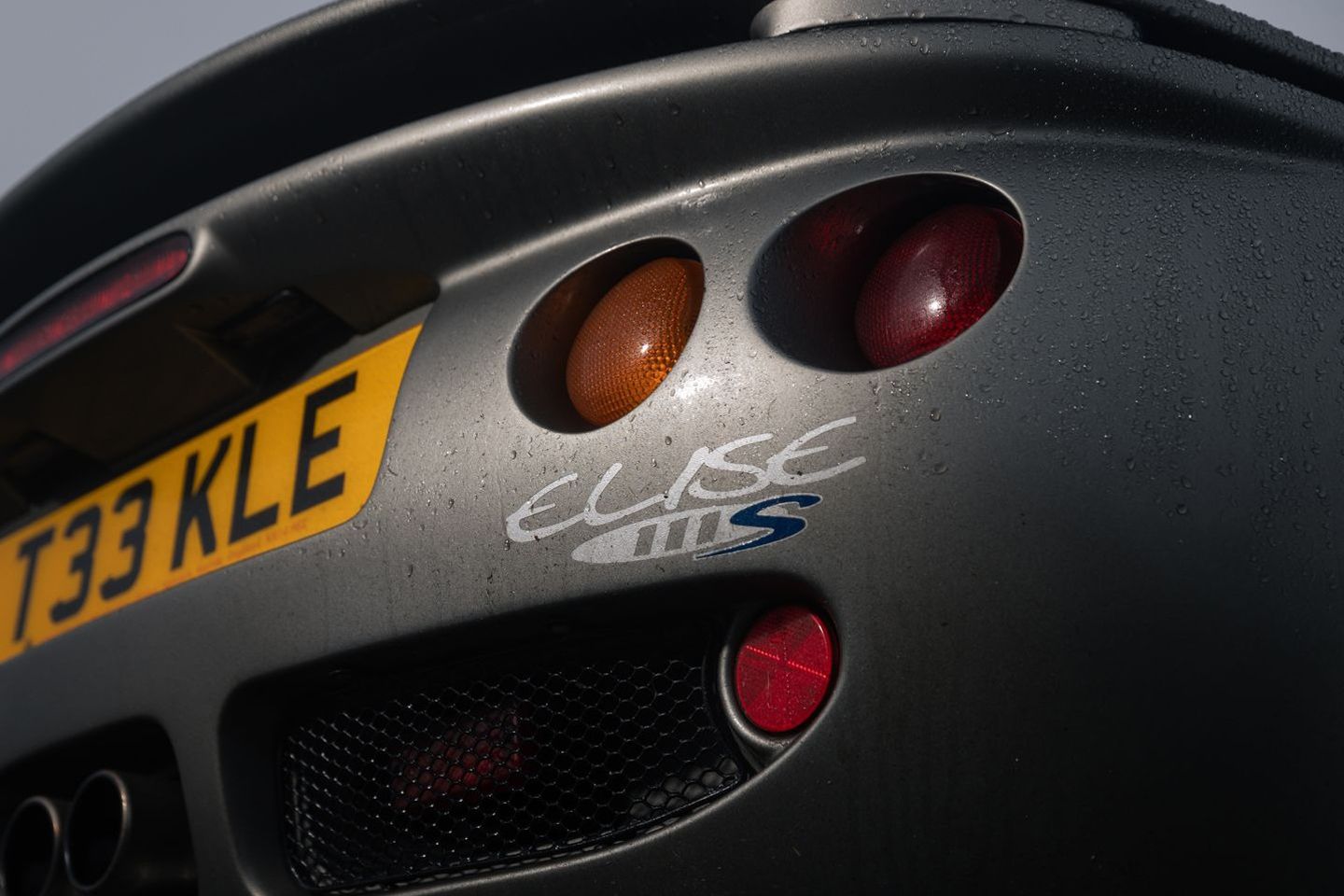
Julian Thomson’s design looked fab too. The inspiration for it reportedly came from his personal Ferrari Dino, but it’s just as easy to see a mini-GT40 vibe about it, not just externally but also on the inside, which was bereft of anything that would add unnecessary weight, like carpets. In 1996, when you could still buy a new Ford Escort, it was all hugely exciting, and all the more so because the Elise was also affordable. Those first 1.8s retailed at £18,950 without the leather seats, metallic paint and other bits and bobs that most buyers opted for and that typically took the price over £20k. Factoring inflation into that gives you a 2025 equivalent of around £39,000, but that still seems like good value for such a highly focused, hand-built sports car with a legendary badge.
And they’re still good value in mid-2025. Privately owned, high-mile S1s are currently available for as little as £15,000. The starting price for 2001-on S2s is even lower at around £14k, presumably because there are more of them around. Does £15k for an Elise S1 seem suspiciously cheap to you? On one level it makes sense because they are essentially simple cars made up of not much in the way of physical stuff. There again, the material spec, design and method of construction have more of a specialist look to them. You’d be quite happy to drop a Mazda MX-5 off at your local spannerperson’s place for a quick service and checkover, but an Elise? Maybe not so much.
Is a degree of wariness justified, then? Can’t you just run out and buy a cheap Elise and then run it on the cheap? After all, there’s no shortage of old-school techies who know how to fix a K-series engine. and surely the rest of it can’t be that hard? Let’s have a look. If the reality of Elise S1 ownership turns out to be not quite as scary as the expectation of running one, it’s not too late to enjoy a good chunk of British summer from behind the wheel of your very own slice of sporting history.
SPECIFICATION | LOTUS ELISE S1 (1996-2001)
Engine: 1,796cc four-cyl
Transmission: 5-speed manual, rear-wheel drive
Power (hp): 120@5,500rpm
Torque (lb ft): 122@3,000rpm
0-60mph (secs): 5.5
Top speed (mph): 124
Weight (kg): 755
MPG (official combined): 39
CO2 (g/km): 168
Wheels (in): 5.5 x 15 (f), 7 x 16 (r)
Tyres: 185/55 (f), 205/50 (r)
On sale: 1996-2001
Price new (1996): £18,950
Price now: from £15,000
Note for reference: car weight and power data are hard to pin down with absolute certainty. For consistency, we use the same source for all our guides. We hope the data we use is right more often than it’s wrong. Our advice is to treat it as relative rather than definitive.
ENGINE & GEARBOX
Say ‘K-series’ to someone who knows a bit about cars but maybe not as much as they might think and there’ll very likely be a groan followed by a few received opinions about poor reliability. However, as countless racers who have used them in competition will confirm, Rover’s aluminium 16-valve 1.8 four was actually a smashing lightweight engine with more than enough power for something as small as an Elise. It was let down by a poor choice of materials for some key internals, most notably the head gaskets and the plastic dowels that were used to secure the head to the block.
Most K-series Elises that are running today will have had their original gaskets replaced by more durable multi-layered steel items long ago, but there are still some cars around with as few as 10,000 miles on them and these are the ones for which you’ll be wanting to see paperwork confirming that the headwork has been done. Originality is great and everything but you really don’t want original K-series head gaskets. That gasket job could be done with the engine in place.
The engine sounded OK with the factory exhaust but it could be made to sound a whole lot better with an aftermarket pipe from the likes of Janspeed, who are still offering exhaust options for the S1. Cooling could be an issue on an Elise because the K-series engine was designed to go in the front of cars rather than the back of them, and the Lotus’s radiators were up at the front. The original rads were aluminium with fragile plastic ends, but most of those will have been replaced by now.
The timing belt change schedule was 50,000 miles or five years, but today that’s more of a movable feast. You can go by usage rather than by the numbers. Pulleys for timing belts can slip, causing damage, but instances of belts snapping are very rare. The belt kits are cheap but the labour costs will be on the high side because of poor access. A big ‘C’ service including belts will cost in the order of £500. Adding a new gasket to that will tack another £300 onto the bill.
Clutches and slave cylinders are also unlikely to be original items on used S1s. The original red plastic clutch lines that Lotus fitted were given to stretching. Most cars will have braided lines by now. The gearshift action was snappy enough, but over time it could become a bit woolly. New bush kits for the linkage would sort that out, or you could swap the shifter for an aftermarket billet unit. The electrics are remarkably reliable. The petrol tank’s capacity was under nine gallons, but with 40mpg or more easily attainable you had a good range between fills. Vehicle tax in the UK in 2025 is £30 a month.
CHASSIS
One key to the excellence of the Elise’s handling was its rigidity, and therefore its resistance to twisting, an essential element in maximising the size of the tyre contact patches on the wheels of any car. Its torsional rigidity figure was claimed to be 11,000Nm/degree. We don’t intend (or know how) to explain that here, but by way of comparison that’s the figure Mazda was claiming for its MX-5 ND, a fine-handling car in its own right, nearly 20 years later.
The Lotus owed much of its rigidity to its box section aluminium chassis, which weighed just 67kg and to which more or less everything else was attached. It was sensitive to setup, however. For the correct driving experience, suspension components like dampers, bushes and ball joints needed to be in good shape and the wheel alignment had to be as near to spot-on as you could make it. Elises didn’t munch through bushes because they were so light, but early toe links weren’t as good as later or aftermarket items. Bilstein dampers were at least as good as the original Konis, and adjustable big-piston remote reservoir units from Nitron were better still.
S1 Elises weren’t infallible. Over 60 per cent of the weight was over the back wheel and even without assistance the steering could feel light. Press too hard on too tight a lock and you’d quickly be facing the wrong way. We don’t have any stats on the number of crash-damaged Elise S1s on the road, or indeed off it, but given the nature of the car it would be folly not to carry out a thorough chassis investigation on anything you’re thinking of buying. Better still, have an investigation carried out for you by someone who knows what they’re looking at, because even a relatively insignificant seeming wheel contact can push the wishbones into the suspension pickups.
These pickup points, and the upper ones in particular, are the most vulnerable parts of the chassis. They’re basically big holes in the aluminium members into which steel inserts have been bonded. Putting two different metals next to each other is never a good idea, especially when salty water is being thrown at them from the road surface to act as an electrolyte. On an Elise the glue between the steel and aluminium was meant to keep the metals separate, but the paint on the steel inserts wasn’t everlasting and that’s where the problems with galvanic corrosion would start. Eventually the aluminium would turn into powder or split in the area of the inserts.
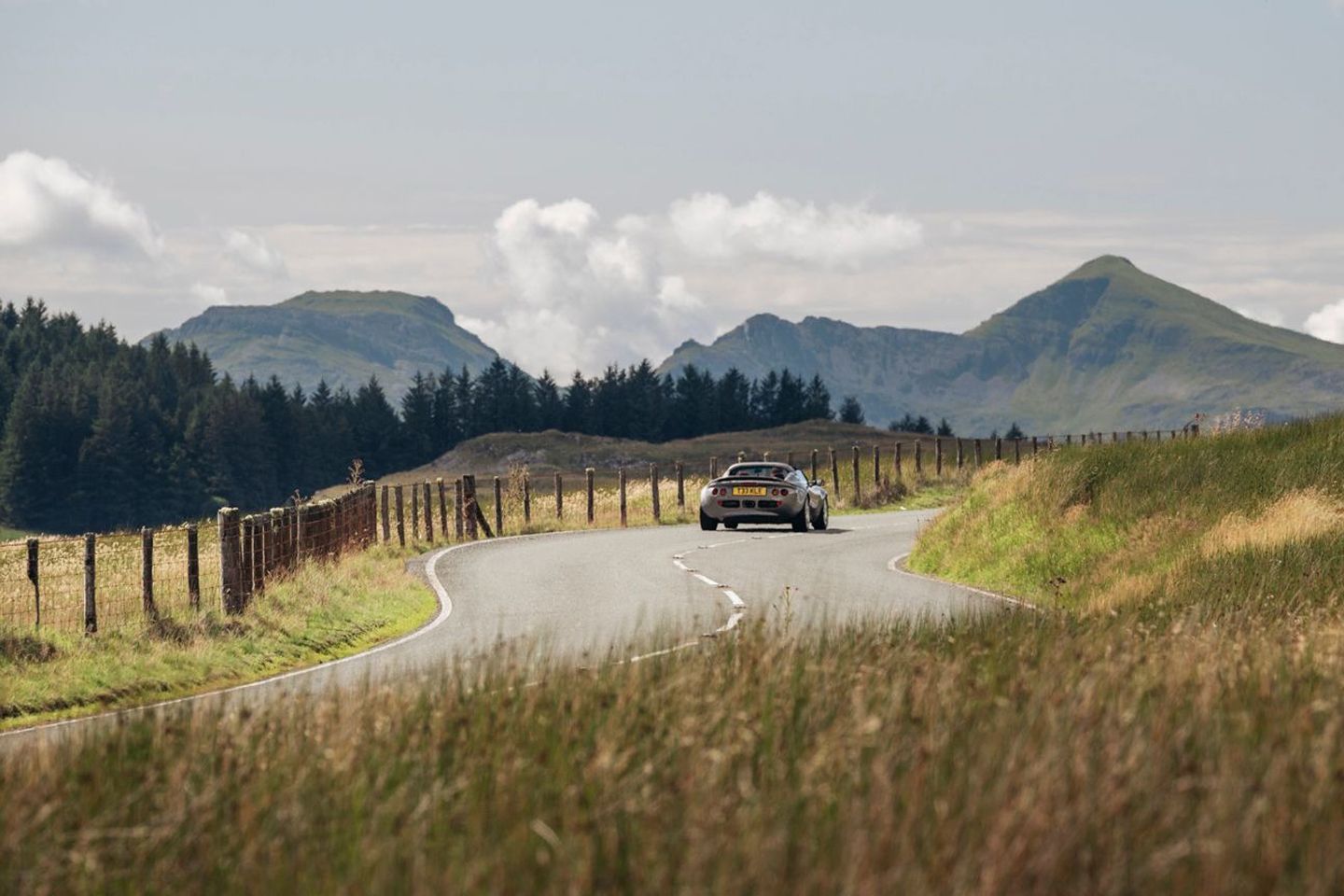
You can’t weld this type of aluminium. Attempting that will most likely cause the bonding glue to fail. Repair sections can be fabricated and bonded/riveted into place, but the job needs doing properly. Such repairs weren’t sanctioned by Lotus, but we’re long out of warranty now and repairs are always going to be cheaper than full chassis replacement. Assuming you can find one of those in the first place.
You can get some kind of a view of the state of a chassis while the car is on the ground by putting the steering on full lock and sticking your head up into the arch, but this is such a critical aspect of Elise ownership it’s really worth getting it up on a ramp for a proper examination. Having said all that, if there is no crash damage the core chassis will, or at least should, see you right for as long as you need it to.
The rear subframe is steel. It was well galvanised, but again there is going to be a risk of corrosion where the subframe meets up with the aluminium chassis. Specialists will typically replace the steel interface shims with stainless steel items. Rear roll bar stays can rust quite badly too. You can see most of this by peering into the boot (more of a bag on early cars, moving to fibreglass on later ones) but the best plan is to get someone familiar with the cars to take the rear clamshell and undertrays off and have a proper look. Local owners club members will often be happy to help you for a pot of tea and a biscuit.
The very early (pre-’98) Elise’s MMC (Metal Matrix Composite) brakes were innovative in that the discs were made from a mix of silicon carbide and aluminium, a metal not usually chosen for such high-temperature duties. The idea of using aluminium to reduce the unsprung mass at each corner of the car was a good one, as was the prospect of the discs lasting for 100,000 miles, but they weren’t great when they were cold and/or the weather was rainy, a combination of circumstances regularly encountered in the UK. They could be quite squealy, too, but in their optimum window of operation they worked really well. Many owners put their MMC discs in storage, switching to regular discs and going down the more conventional route of adding feel and solidity to the pedal by upgrading the brake hoses to braided items. Pads for the MMC brakes are hard to source now.
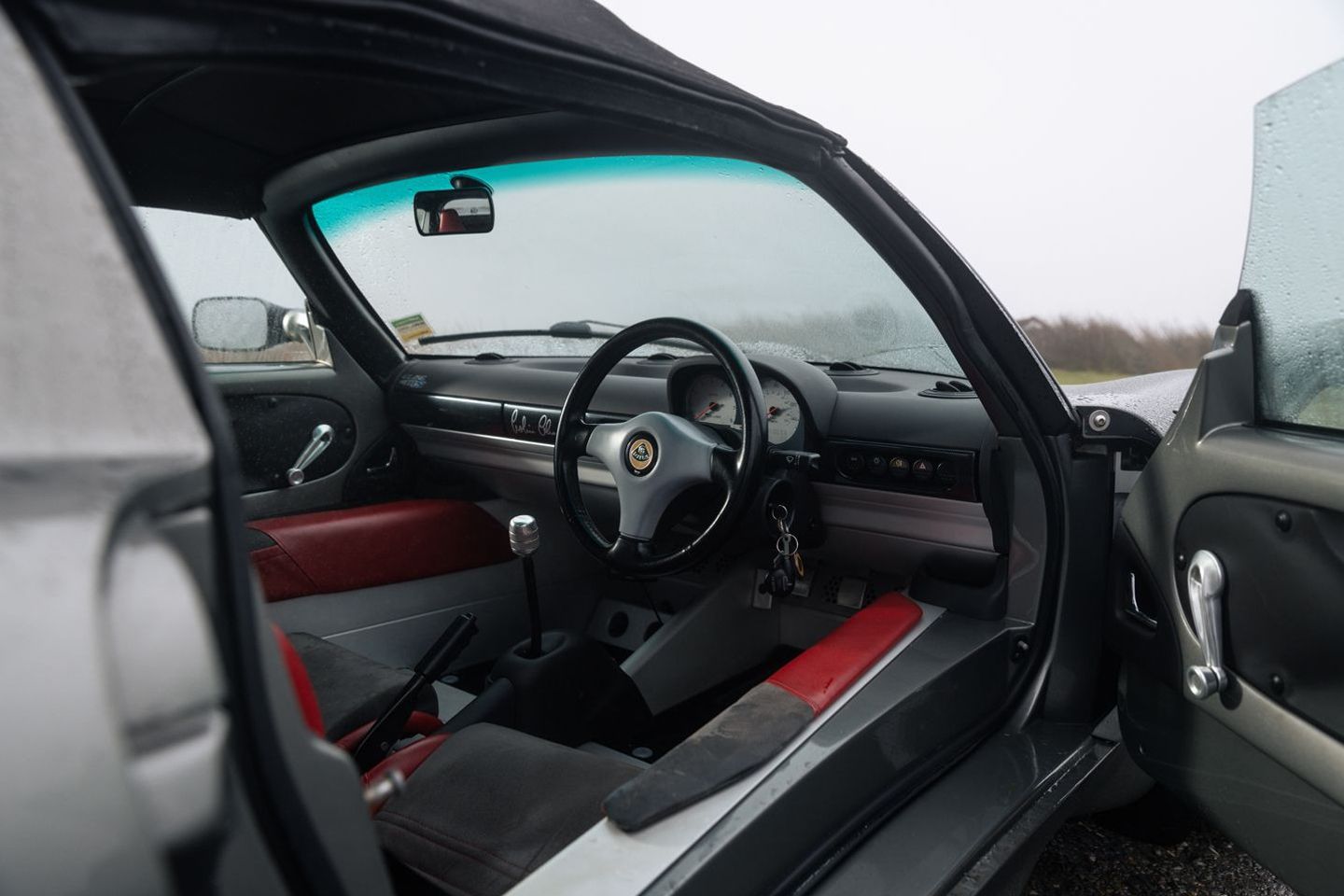
INTERIOR
An Isetta bubble car might have been marginally more minimalist on the inside than an Elise but not many other cars got near it on that score. The dash and pedals were fabricated from aluminium. As mentioned earlier, there were no carpets. Some cars came with a couple of rubber mats stuck down onto the footwells. That could become a weak point over the years if water found its way into the space between the mat and the thin-gauge floor. Other than that you had two titchy sill pads, a two-clock Stack instrument panel, a scattering of Peugeot switchgear and an almost miniature Nardi steering wheel.
Those instruments did conk out and it’s getting harder to find people to fix them so owners have been turning to digital aftermarket options. Pedal boxes could corrode at the steel rivet attachment points. Unsurprisingly, given the gymnastics required to get in and out, leather seat bolsters will wear out, but retrims aren’t expensive.
No car can provide everything that anyone could ever want. In the case of the Elise, if it was peace and quiet you were after this Lotus would probably be near the bottom of your wishlist. Every bump and stone on the road made itself heard through the thin floors, but that unfiltered quality was part of the charm for enthusiasts who were happy to pay that small price in exchange for the responsiveness of the chassis and the quality of the ride, which was excellent.
BODYWORK
The absence of metal in the bodywork meant one less thing to worry about in Elise S1 ownership, namely rust, but you did have to worry a little bit about osmosis (movement of water molecules through and between membranes) which could produce bubbles in the paint, usually around the doors where water was most likely to be trapped. Repainting an Elise after a biff could be challenging as it wasn’t easy to match up colours on the fibreglass panels.
Hardtops were and are still available for the S1. Not everyone rated their visual integration with the body, and having either the hardtop or the regular fabric hood in position made it hard to get in and out of the Elise, whose original design was as a ‘drop-in’ doorless car. There are no exterior door handles. Instead you had hidden bits of plastic to nudge. Removing and erecting the multi-piece fabric roof is not the work of a moment but the time it takes will reduce as you acquire the necessary skills. As with any old fabric roof the stitching will eventually perish. Replacements are around £500 and will be better made than the originals.
The towing eye at the front of the car was made of steel so was prone to rust.
PH VERDICT
Around 10,600 S1 Elises were built between its launch in 1996 and the arrival of the less spartan S2 in 2001. We’re not sure how many of those S1s went to UK buyers but there are still plenty around on these sceptred isles to choose from.
The number of cars on sale will vary on a seasonal basis but you can typically expect to see between 20 and 30 in the UK’s classified ads at any one time. Elises are often second cars so time pressure to get rid won’t necessarily be a factor. For that same reason, private sellers will often begin with unrealistically high valuations. Tracking apps like Motorwatch will reveal quite substantial price reductions over selling periods that can run into several months until a car finds its natural level. If you’re prepared to hang back you should save some money, the only danger being that you might get pipped to it by someone else trying to do the same thing.
Consumables apart, originality is what you want to find in a used S1. Thankfully most owners understand that so you should have no trouble finding a good selection of unmolested examples. If you want to improve the car whilst retaining its essential Elise-ness you can go to outfits like Analogue Automotive for advice on how to make the Elise the car it might have been from the start.
As noted in the overview, S1 prices in the UK kick off from about £15,000. That will get you something with around 80,000 miles and a good history, or 60-70,000 miles with a patchier one. £17k-£19k buys smaller mileages and evidence of good ongoing investment in the car. £20k will bring those mileages down to 30k. Higher powered and/or very low mileage cars – some are still showing just 10,000 miles or less – can cost as much as £27k-£30k.
The most affordable S1 on PH Classifieds was this privately-owned garage-kept car from 1999 with 78,000 miles priced at bang on our £15k start point. The pics show a nicely used rather than a concours car. With a recent service this could be exactly what you need for your first Elise. Just under £17k will buy this 38,000-mile 1998 car in blue or this 48,000-mile yellow specimen that came off the line in 2000. You’ve then got a gaggle of options in the £19k-£22k bracket.
See every Series 1 Elise for sale
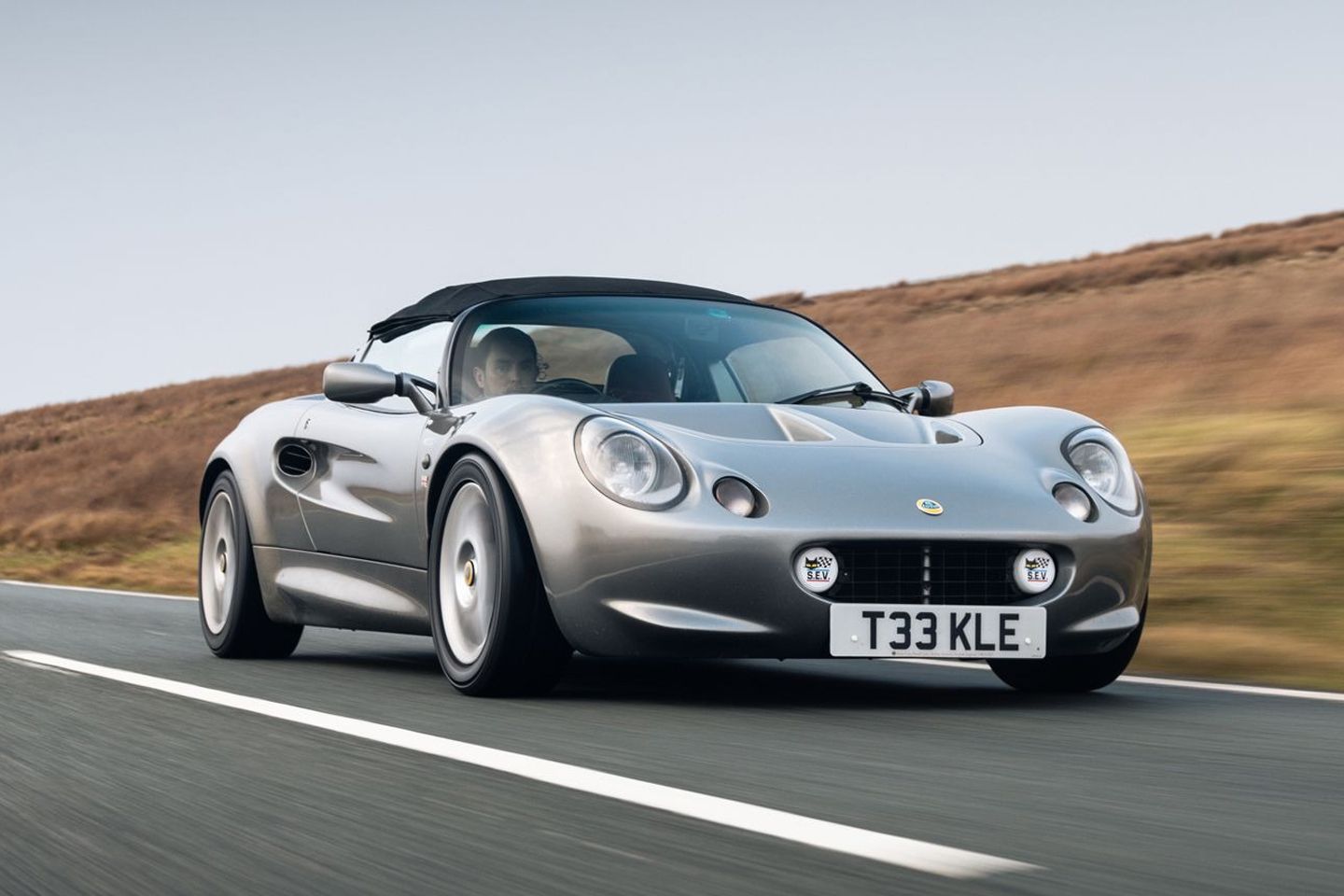
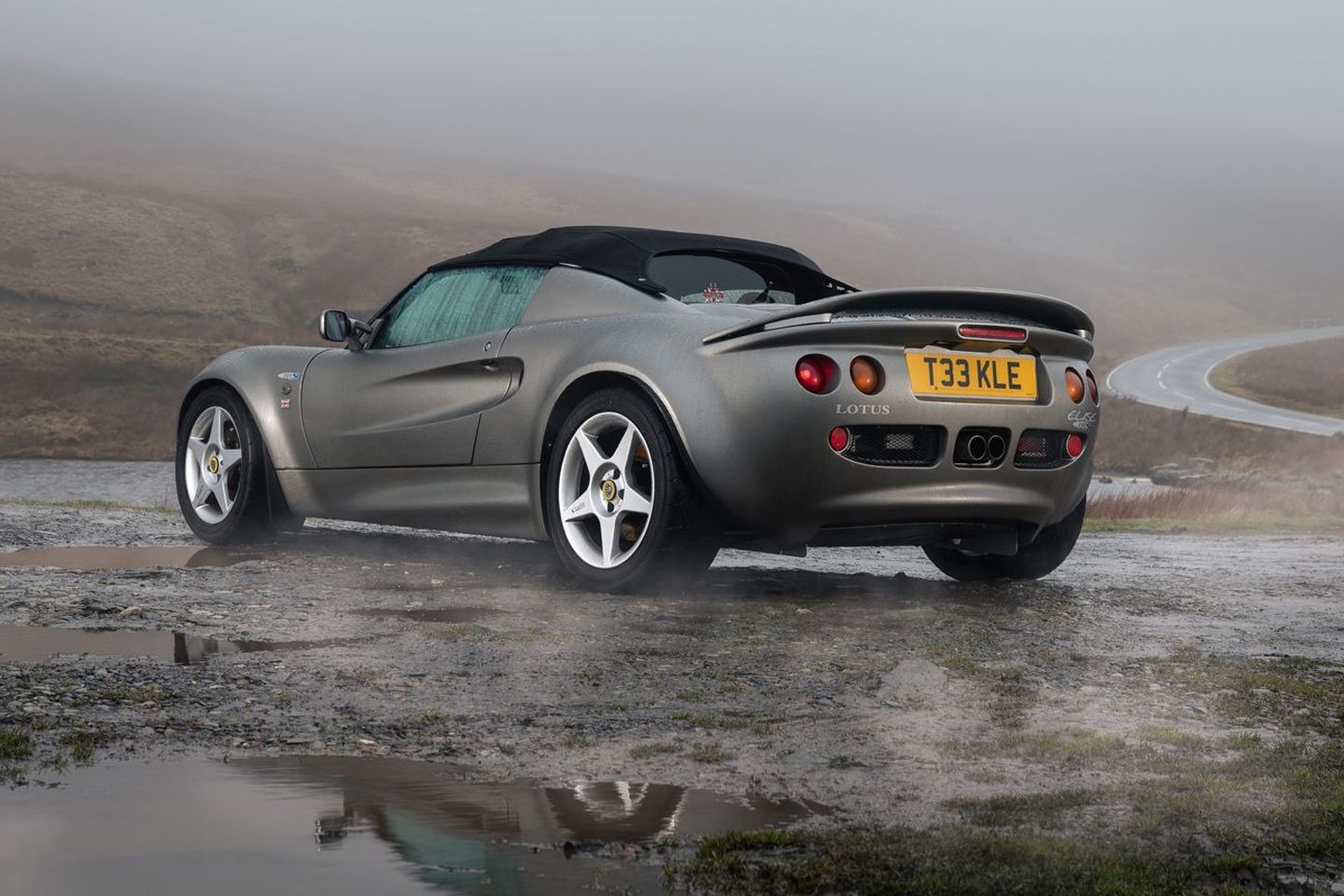
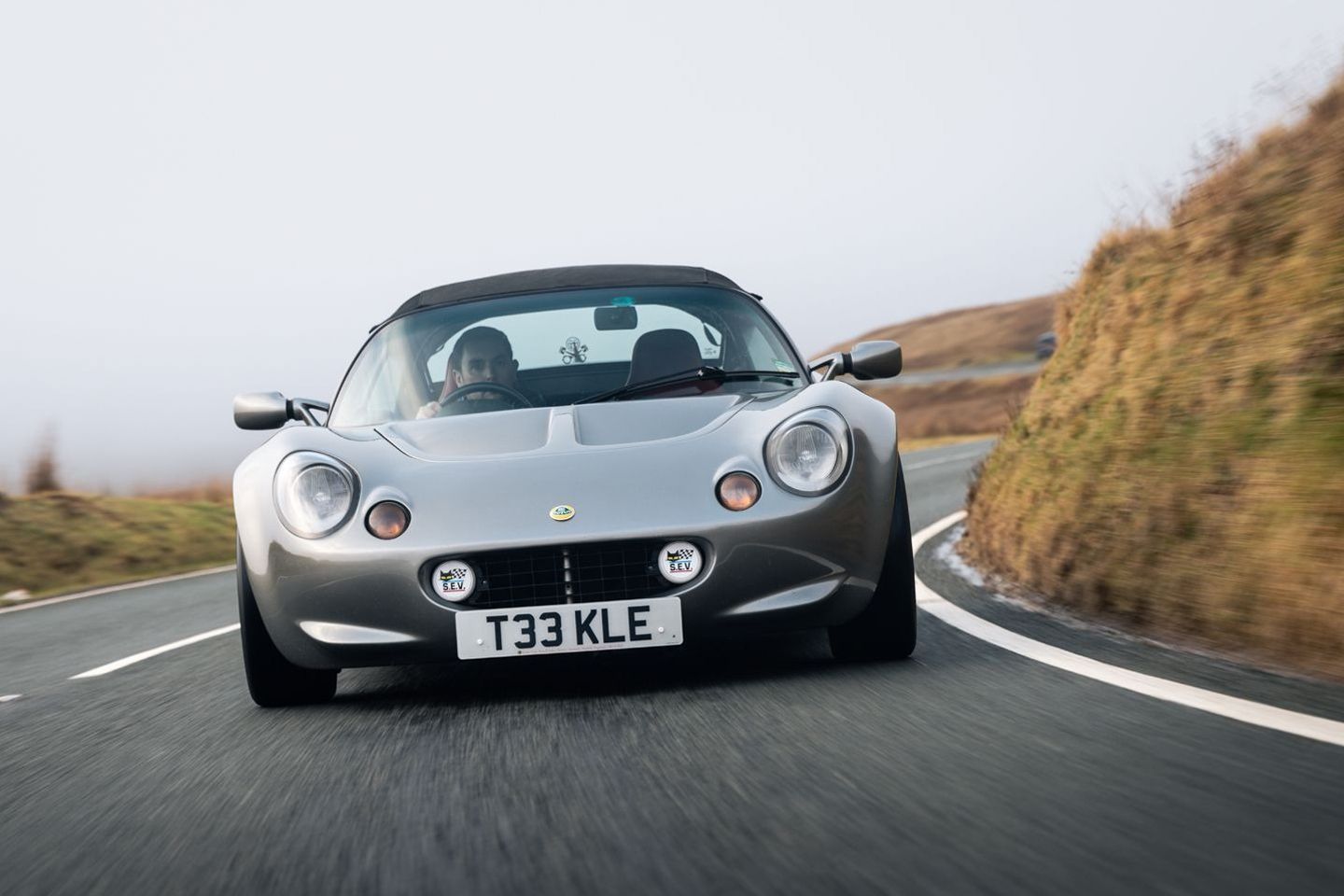
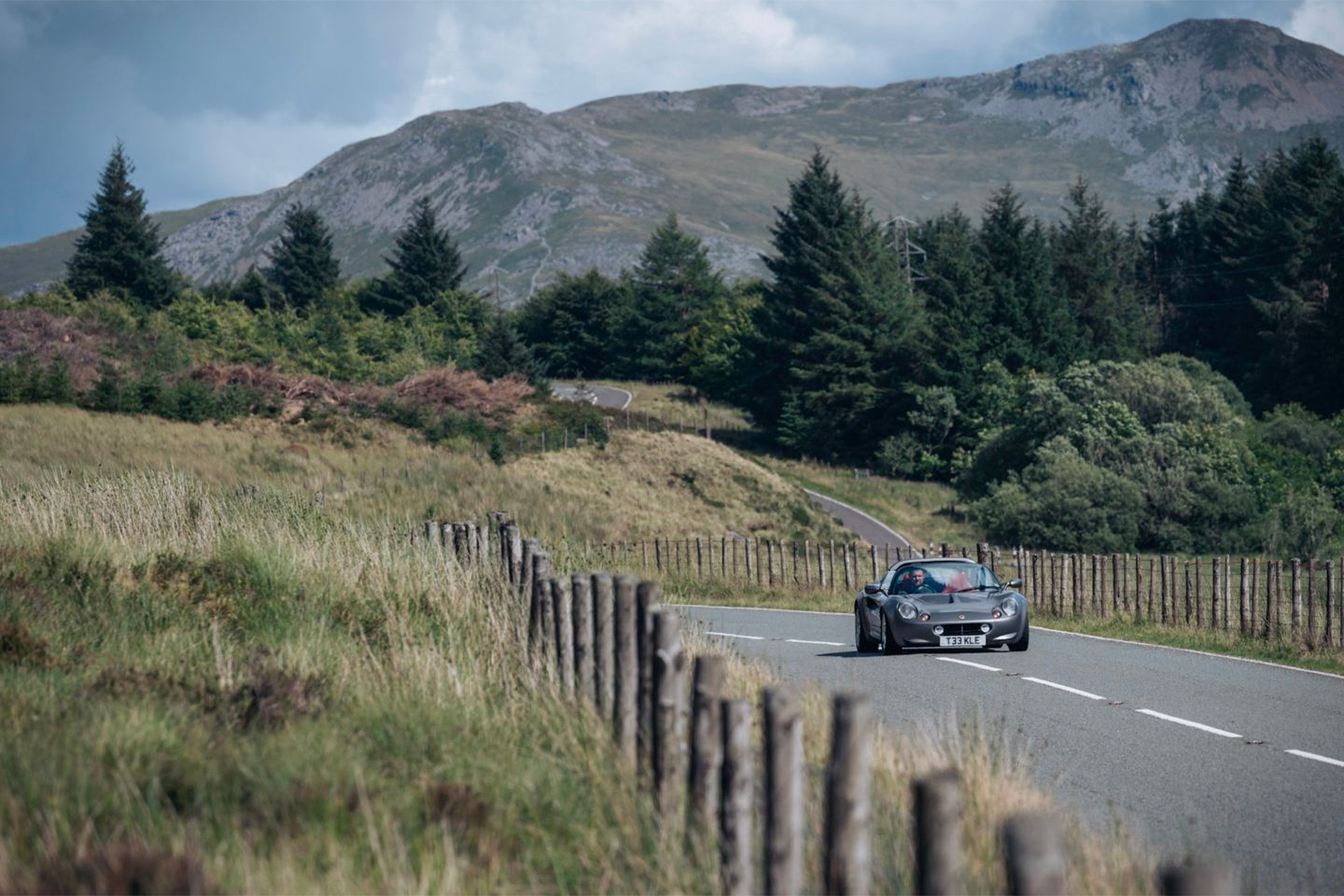
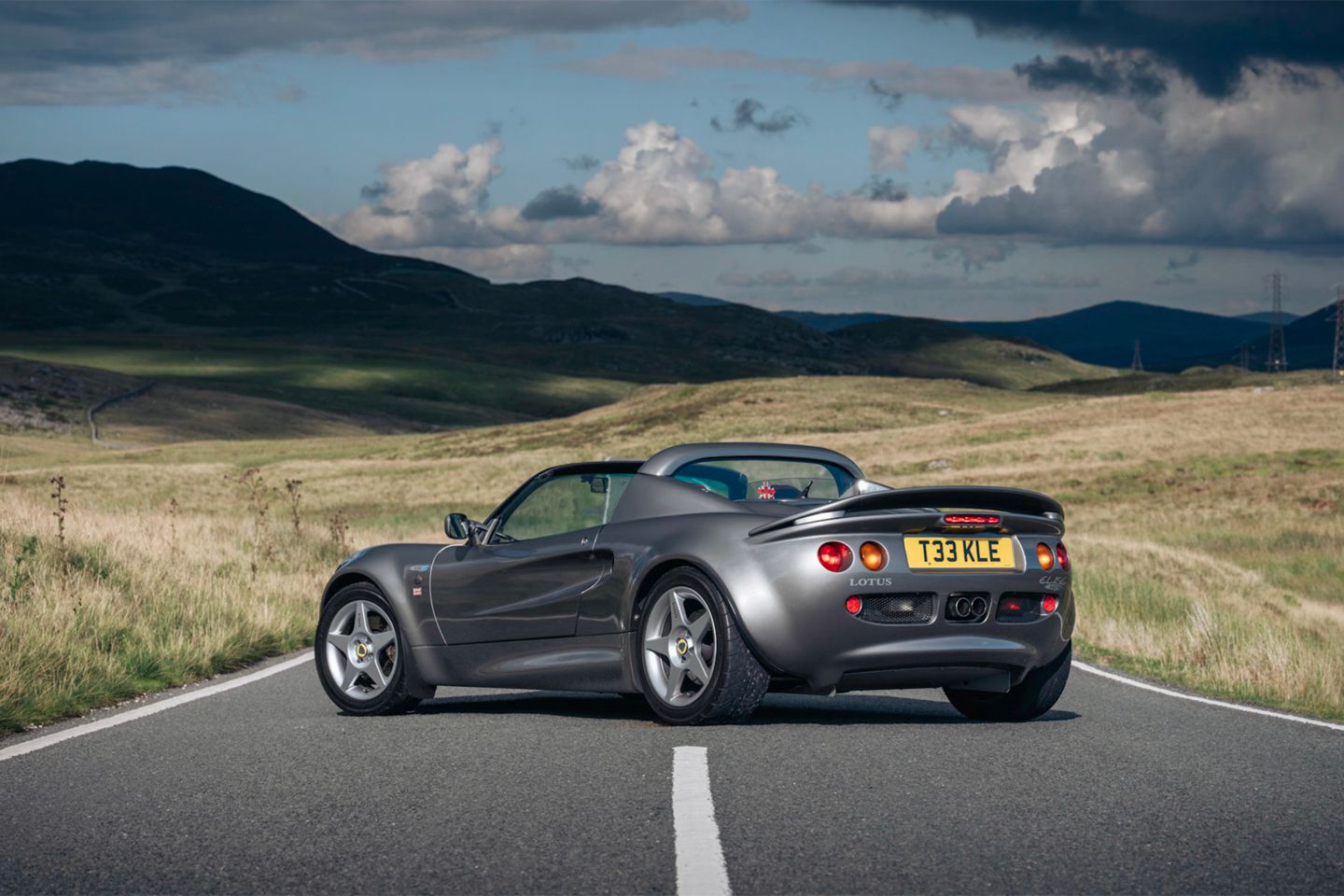
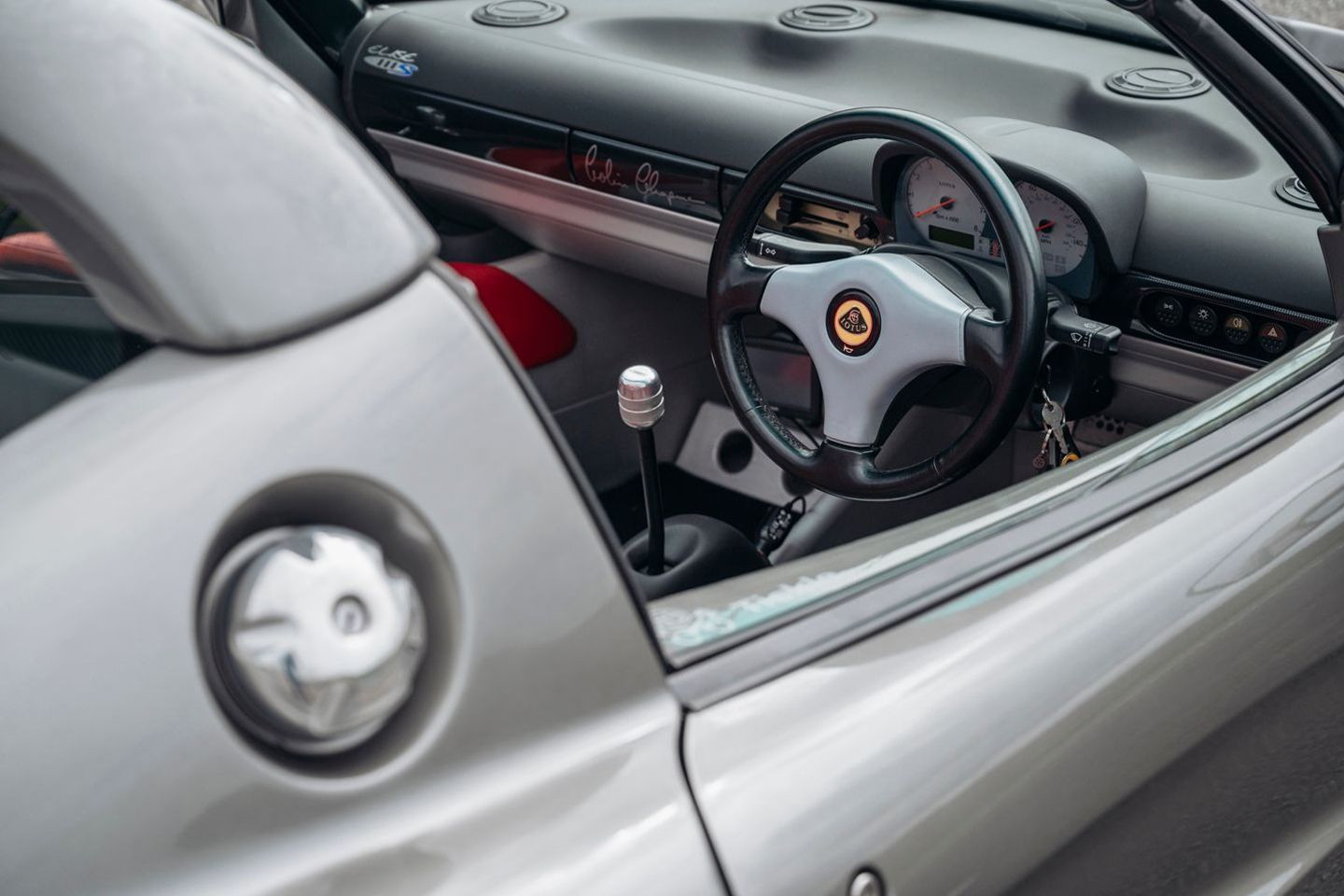
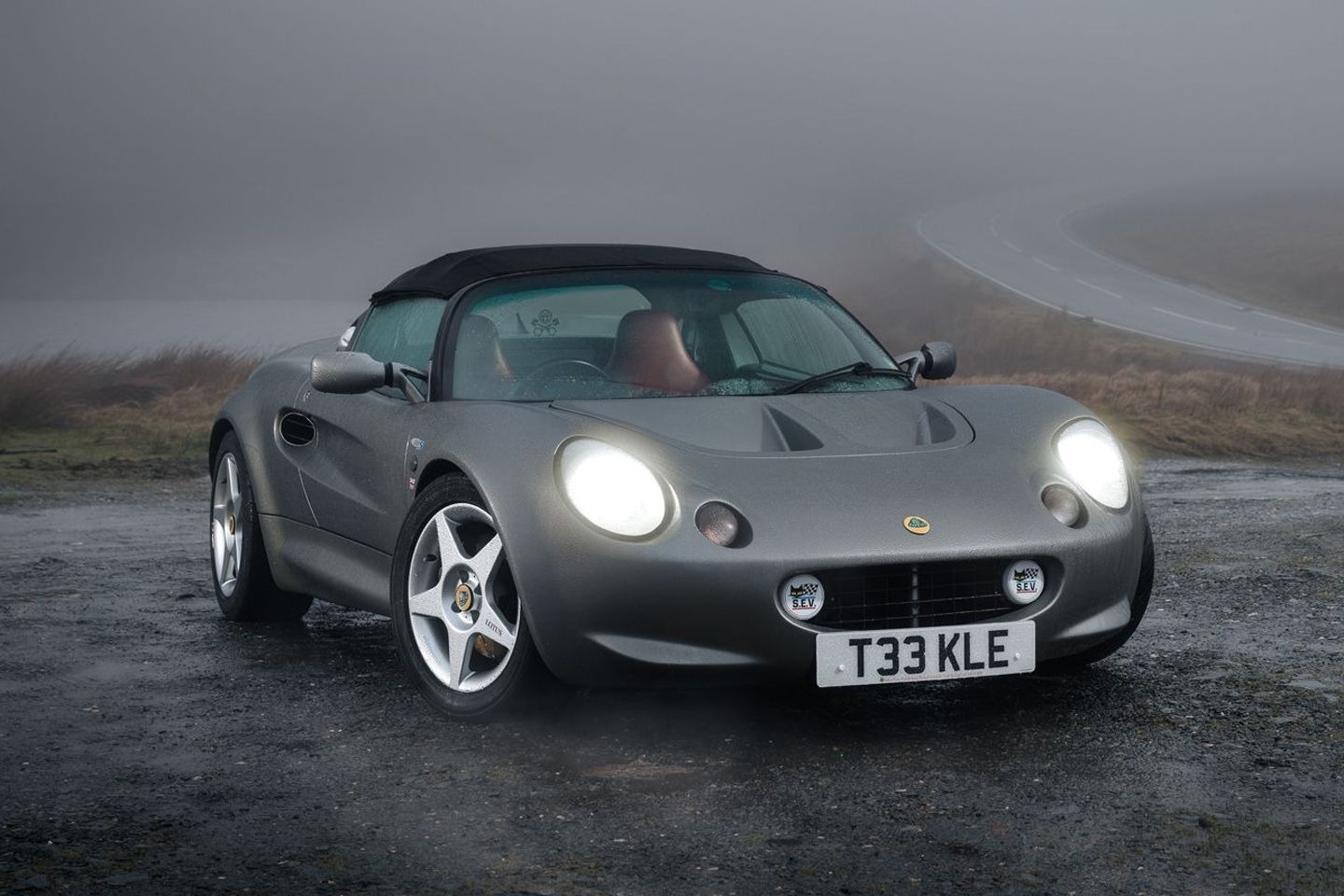
A good set of tyres is a must to safely get the most from them.
Been to the Ring. Toured Northern Spain and the Pyrenees from West to East and also visited central France to see the Milau bridge (Thanks Top Gear). Countless track days too where it really shines on the bends but you do need to keep your eyes on the mirror down any straights.
A good set of tyres is a must to safely get the most from them.
Been to the Ring. Toured Northern Spain and the Pyrenees from West to East and also visited central France to see the Milau bridge (Thanks Top Gear). Countless track days too where it really shines on the bends but you do need to keep your eyes on the mirror down any straights.
Weight-wise you'd probably be OK as long it it really is only "mildly", although you need a degree of core strength to get in and out.
As for getting in and out with the roof on...
That being said:
I’ve spun the thing many times on track. I did a driver training day (because of the “mid engine scary car” worry) and spun it 9 times before lunch.
No abs. No traction control. It’s all on the driver. It’s kind of why I’ve kept it for 15 years.
On road over the 20k miles had to put in a quick twitch of opposite lock maybe 4 or 5 times which is enough to catch it but you do need to be paying attention.
I later had an S3 and you get very good, unobtrusive full stability control on the 1.6 and 220 cars. While certainly safer and still exhilarating, the later car loses a bit of character though.
Reminds me of chasing my mate in his Kermit Green Elise accross country to the Lotus 50th anniversary bash, me in my Sunbeam Lotus. Not many speed limits were adhered to that day….
Oh, pretty certain these aren’t £30 tax, as stated in the article.
Weight-wise you'd probably be OK as long it it really is only "mildly", although you need a degree of core strength to get in and out.
Despite that, I absolutely love mine. It never fails to put a smile on my face and, by and large, they're to reletively cheap to run and own. Mechanically they are very simple and the K series engine, despite it's known problems, is generally reliable and so common that there's no end of people who are familiar with them.
I bought a MOT failure mgf with the 143 vvc engine and close ratio gbox and swapped it all into the Elise, that made a huge difference in the performance as the standard 118 can feel wheezy above 5000 rpm. So I would say the 111s is the best model if you can find one.
I'll never forget the feeling of low mass, the speed of direction change and the brake pedal feel are all exceptional and unique.
Get the geo done to suit your preference for handling, it makes a big difference on this platform. Ultimately though I likened it to throwing a hammer, all the weight is at one end so a bit like an old 911, once it's gone so far, you're not getting it back.
In the end, despite people saying they are usable, they are massively compromised and become pretty tiring and wearing after a while. On hot days it's like sitting in a sauna too.

Weight-wise you'd probably be OK as long it it really is only "mildly", although you need a degree of core strength to get in and out.
I’m 6’3” but lighter and I’d say I’m very much on the cusp of it being doable.
Easiest thing would be to try one. You’ll know straight away.
Just don’t use the windscreen surround to lever yourself in or out.
Gassing Station | General Gassing | Top of Page | What's New | My Stuff

